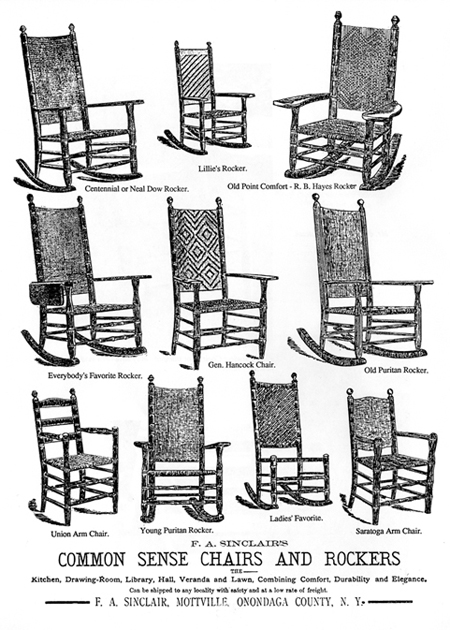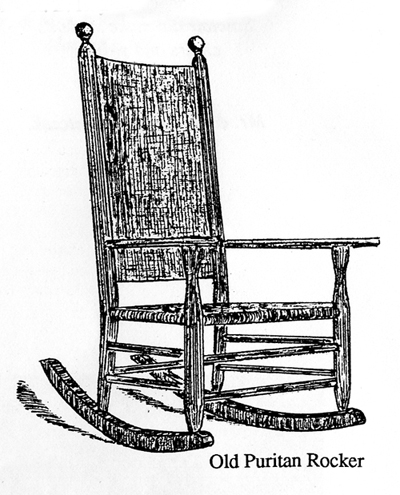
Francis A. Sinclair is justly famous as the creator of the Common Sense Chair and the proprietor of the Union Chair Company. But few people are aware of his role in bringing Queen Hecuba to Mottville, N.Y.
“Wait,” you may say, “Queen Hecuba was a character from Greek mythology.” At first, yes, but the day came when she did indeed walk the streets of Mottville.
Queen Hecuba first figured in the works of Homer, Euripides and Ovid – the wife of King Priam of Troy, a woman who had everything, and then nothing, swept from the throne into slavery with the fall of Troy. On the journey into captivity, Hecuba’s daughter, Polyxena, was taken from her and slain, a blood sacrifice on the tomb of Achilles. When the distraught mother went to the shoreline to wash the blood from her daughter’s corpse, the body of her son Polydorus washed up on the beach.
Of this moment, Dante Alighieri wrote in The Divine Comedy, “Poor wretched captured Hecuba,/after she saw her Polyxena dead/and found her Polydorus on the beach,/was driven mad by sorrow/and began barking like a dog.”
“Forsennata latrò sì come cane,” indeed.
There are further tellings of, and allusions to, Hecuba’s tragic story in Ovid’s Metamorphoses, in Boccaccio’s Decameron, and in plays and a poem by William Shakespeare. But it is not to these books we refer. Rather, the 1888 edition of The American Kennel Club Stud-Book brings us to Mottville, where F.A. Sinclair had pointer dogs named Guy Mannering, the title character in a Sir Walter Scott novel; Nimrod, a mighty hunter in the Bible; and Queen Hecuba, named for the queen who went barking mad – in Ovid’s account even taking the form of a dog – and, in this case, returning as a beautiful purebred.


For reference, “Lemon and White Pointer” painted by Reuben Ward Binks, 1934
On a more prosaic note, F.A. Sinclair also had pointers named Leo and Ethel.




